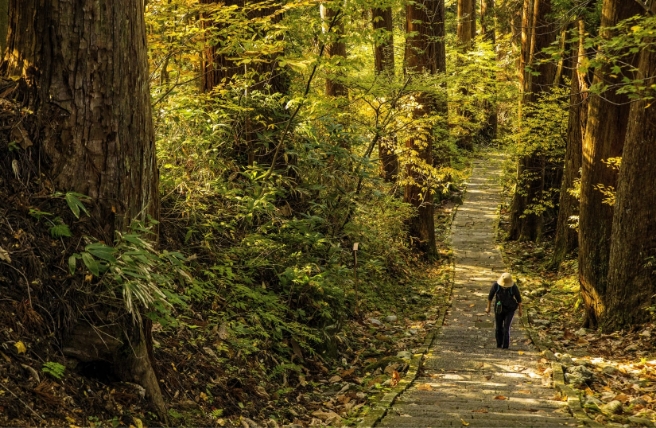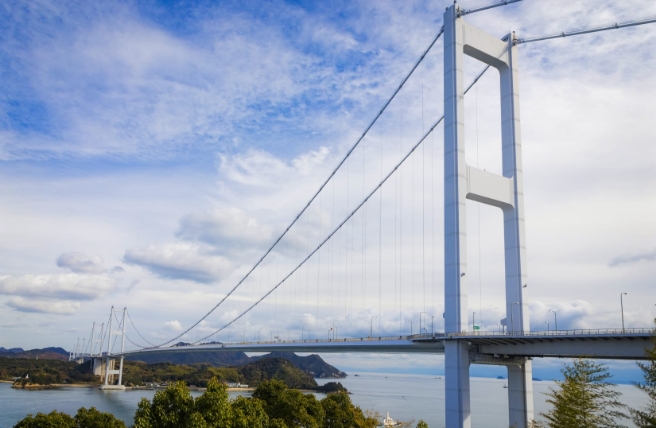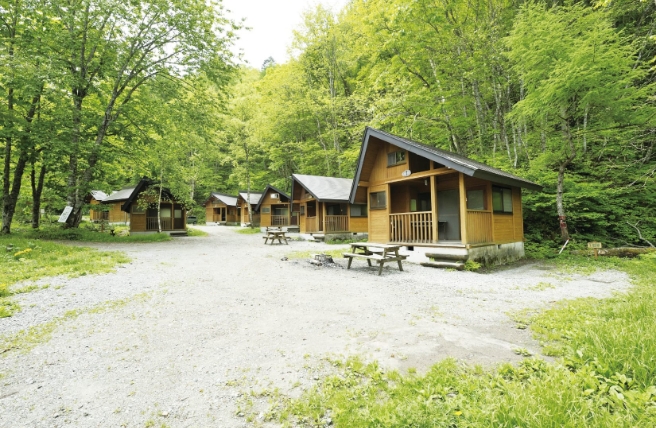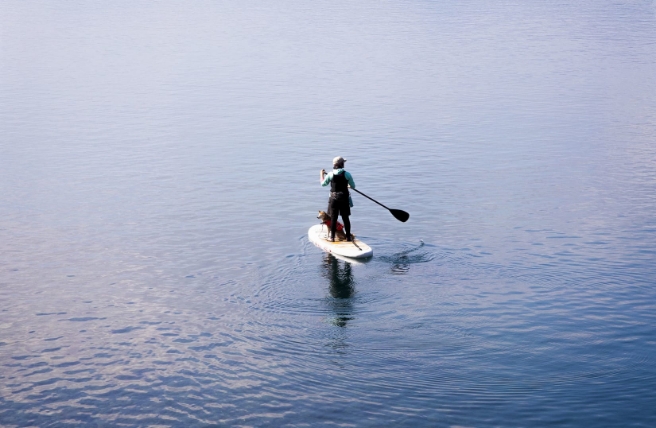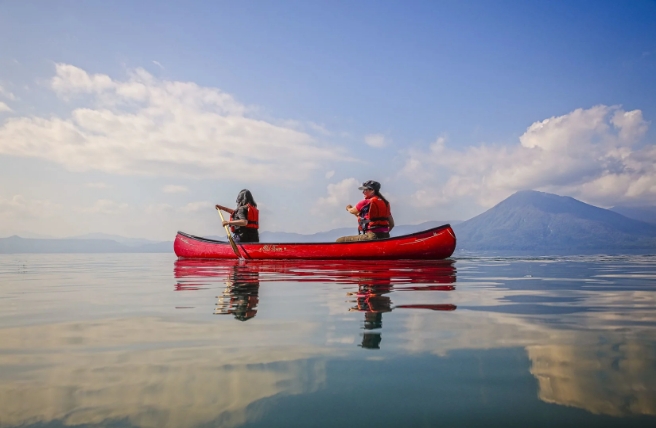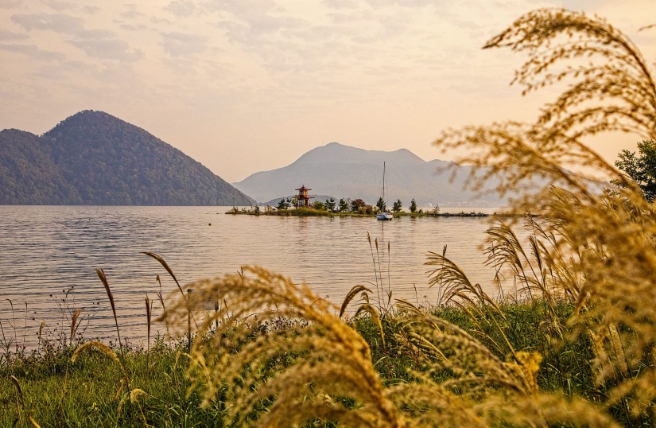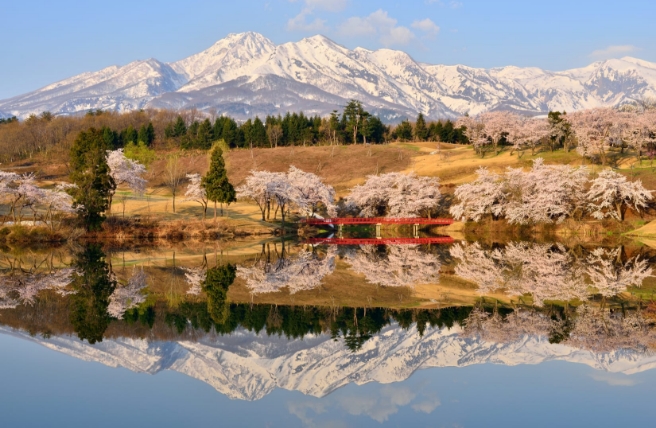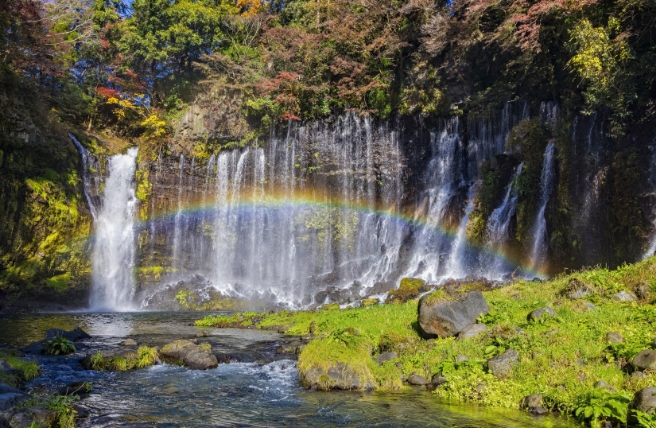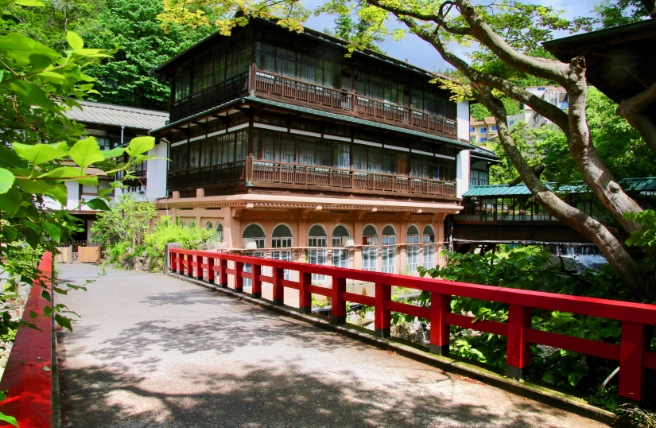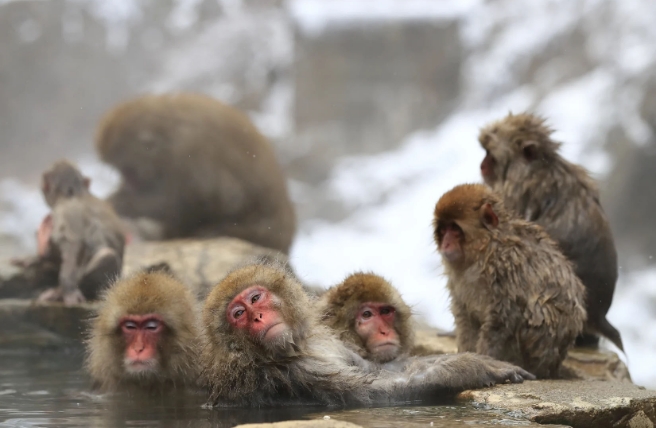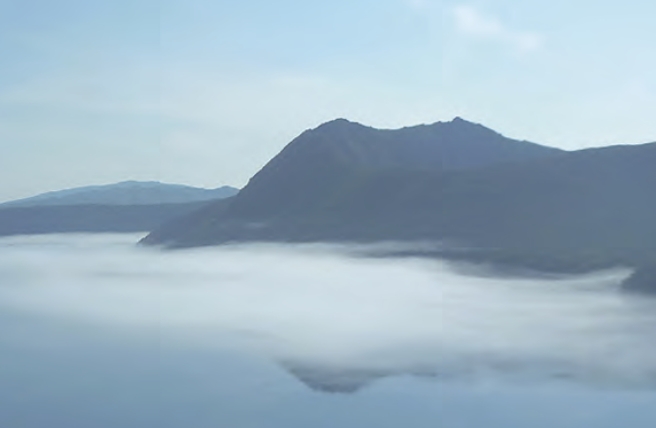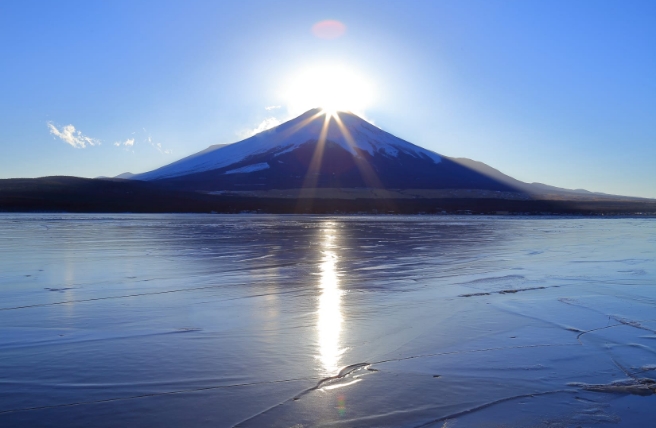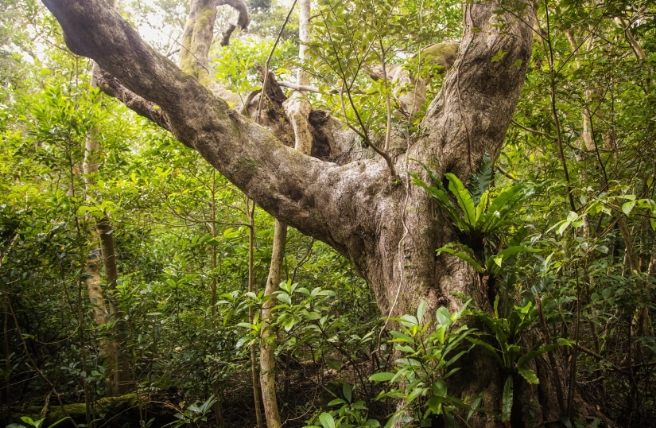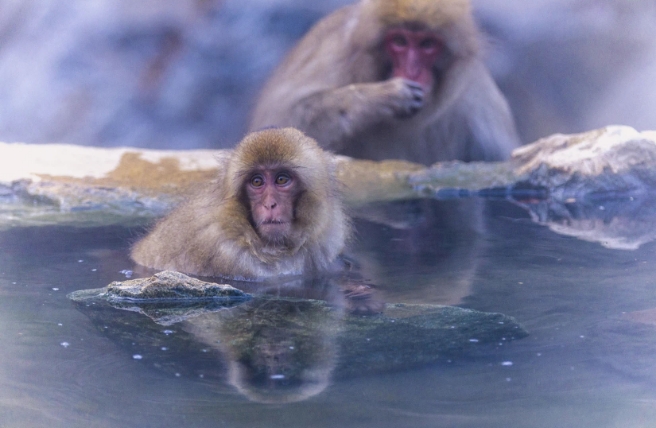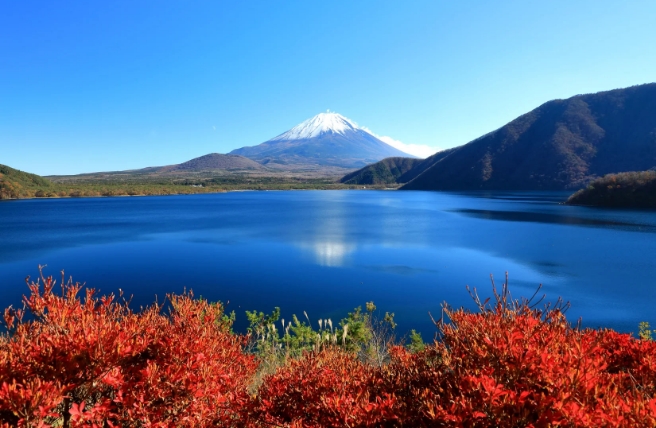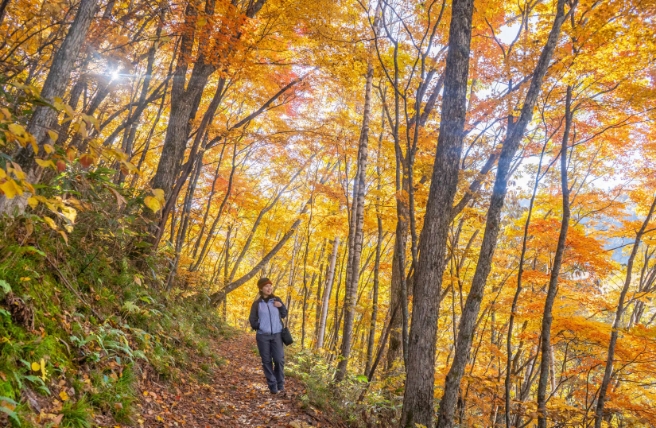It’s no wonder that the symbol of Japan is Mount Fuji, an active volcano; Japan’s dramatic mountainous landscapes have been formed by one of the most volcanically active places on Earth. Many of Japan’s 111 active volcanoes are located within national parks, and make for stunning destinations to experience the country’s natural beauty.
Volcanoes have been spewing lava, ash, and gas since the Earth was formed billions of years ago, and have created over 80% of the world’s surface layer. This fiery phenomenon has sculpted mountains and craters, and produced a fertile environment for life to flourish. Volcanoes are found on every continent, and there are around 1,500 potentially active volcanoes in the world today, 111 of which are in Japan.
Most volcanoes are formed along the edges of the Earth’s constantly shifting tectonic plates, which often slide underneath one another in a process called subduction. When one enormous slab of land submerges below another in a subduction zone, the temperature and pressure rises, forcing the rocks to release water. This lowers the melting point of the rock above and forms molten rock called magma, which can then rise to the surface and cause an eruption.
Active volcanoes in Japan
Volcanoes also form in another way, called hot spot volcanism. A hot spot is created from a particularly hot area deep within the Earth’s mantle, known as a mantle plume. Heat rises from the mantle plume via the process of convection and melts the rock above, where the upper part of the mantle joins the Earth’s crust. The magma pushes through cracks in the crust to form volcanoes. Hot spots are stationary; while the tectonic plates will move, the hot spot will continue to produce volcanoes at that particular point. This results in a chain of volcanoes, as seen in places like Hawaii and Japan.

Japan and the Ring of Fire
Three quarters of the earth’s volcanoes are set along the Ring of Fire, a 40,000-kilometer horseshoe-shaped chain of volcanic activity. It stretches from New Zealand to Japan, through the Bering Sea, and along the west coast of the United States to the southern edge of South America.
The Japanese archipelago, which is home to around 10% of the world’s active volcanoes, is located within the Ring of Fire. Japan lies in a zone where the earth’s crust is extremely unstable, since it is situated where four tectonic plates meet: the Pacific, Philippine, Eurasian, and North American plates. Japan’s volcanoes are largely formed along subduction zones where these plates dive underneath one another.
The majority of the country’s mountains formed as volcanoes. Many of them are now popular tourist attractions due to their stunning landscapes and natural hot springs—a welcome by-product of volcanic activity. Jigokudani, which literally means “hell valleys,” are areas with steam vents, hot streams, and sulfurous gases which are also caused by volcanic activity and are very popular tourist attractions.
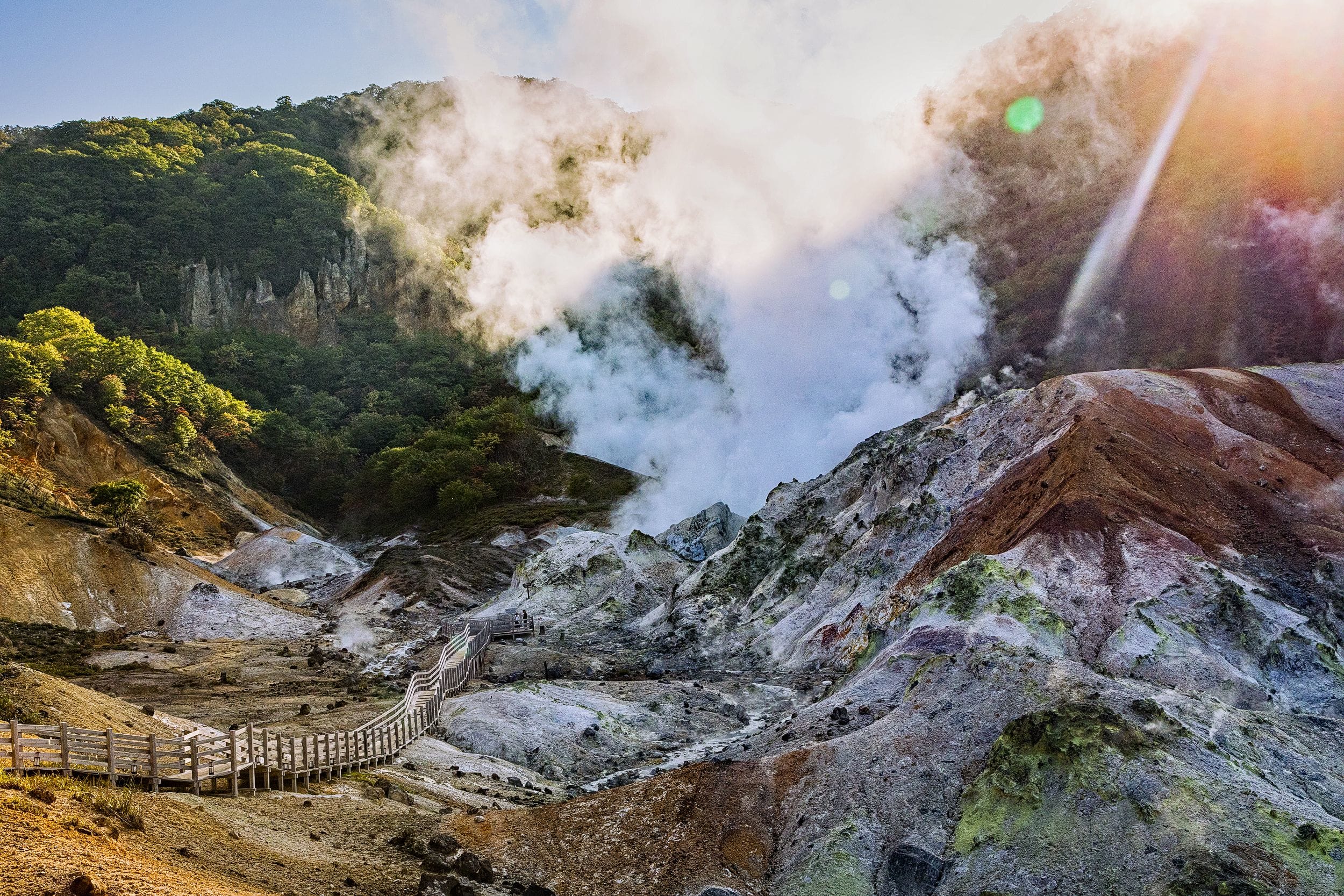
Types of Volcano
There are four main types of volcano: cinder cones, shield volcanoes, lava domes, and stratovolcanoes—the most common in Japan.
Stratovolcanoes are conical in shape, and they are also called composite volcanoes because they are formed by layer upon layer of hardened lava and tephra (rock fragments ejected by a volcano during an eruption), as well as pumice and ash. These mountains have a much steeper profile than shield volcanoes, and usually have a crater at the peak. Some stratovolcanoes have collapsed summit craters, which are called calderas.
Japan also has cinder cone volcanoes, including Mount Suribachi in the Ogasawara Islands, and lava dome volcanoes, such as Mount Niigata Yakeyama in Niigata Prefecture.
Mount Fuji
The most famous of all the volcanoes in Japan, Mount Fuji, is a stratovolcano. Mount Fuji is the highest volcano in Japan at 3,776 meters, and it last erupted in 1707. It has an incredibly symmetrical cone, which is snow-capped for nearly half the year. Mount Fuji has become a symbol of Japan, appearing in photographs, woodblock prints, and manga, and featuring prominently in Japanese literature and poetry.
It is said that the first recorded ascent of Mount Fuji was in 663 by a monk. The summit was forbidden to women until 1860 as it was considered a sacred site, most of which were off limits to women until 1872.

Active or Extinct?
Mount Fuji is classified as an active volcano, as are many of the volcanoes in Japan. A volcano is described as being active if it has had at least one eruption during the past 10,000 years.
Written by Sian Lye
